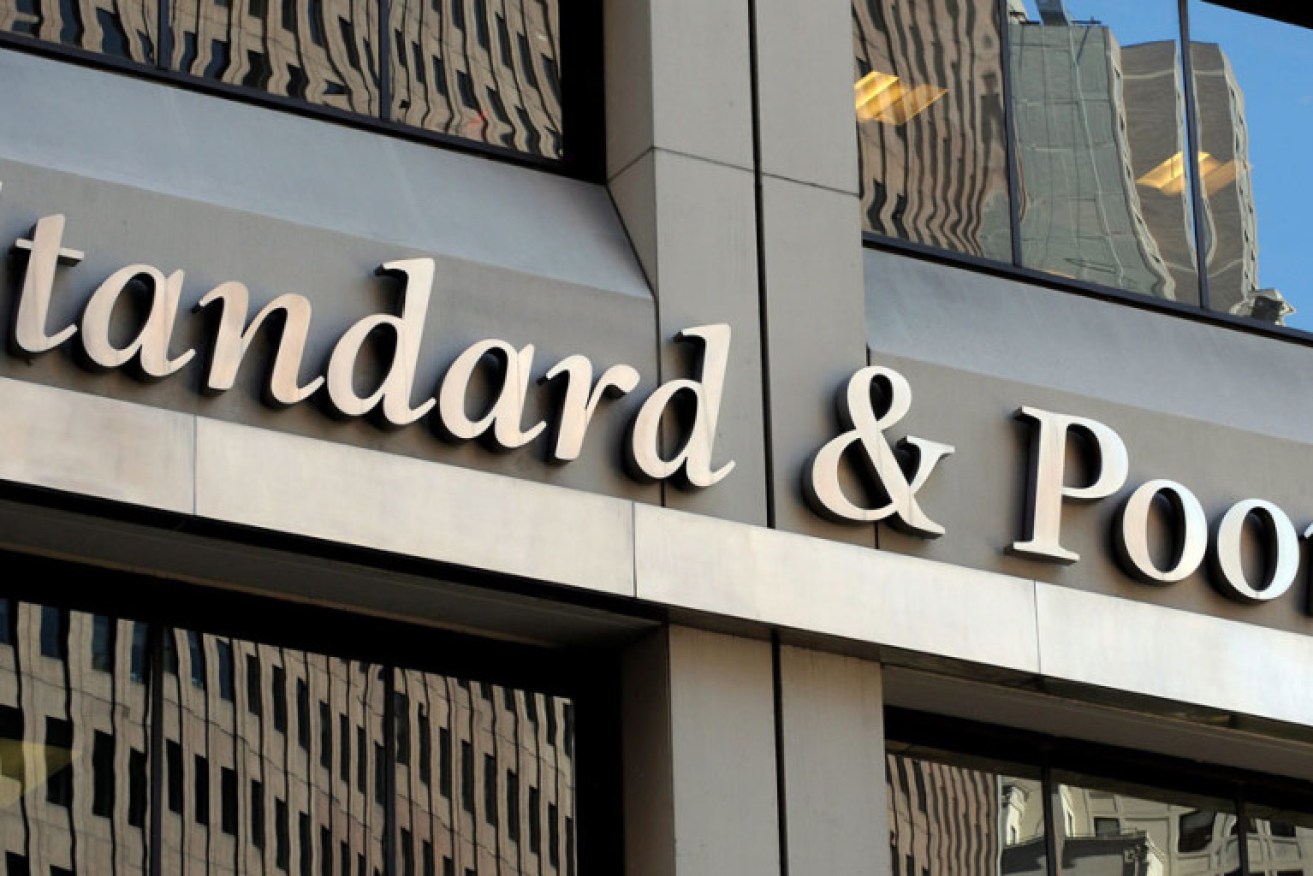Standard & Poor’s Ratings Services has affirmed its ‘AA/A-1+’ ratings on South Australia, with a stable outlook.
The ratings agency’s assessment backs Treasury estimates of a return to budget operating surpluses by the end of the 2016 financial year – in contrast to Fitch Ratings’ view last week that it would take a year longer.
S&P’s view is based on “predictable and supportive” Commonwealth Government funding and a commitment to support states with lower economic activity.
It assesses the state’s revenue and expenditure management to be “satisfactory, although it does have a track record of not achieving operating expenditure reduction targets”.
The return to surplus, it says, will only come if public service wage rises are kept in check and there is a moderate recovery in property market activity, boosting revenue from stamp duty and other property taxes.
“The ratings affirmation on the state reflects our view of the extremely predictable and supportive institutional framework benefiting state and territory governments in Australia,” the report, released Wednesday, says.
“Also underpinning the ratings are: the state’s wealthy and diverse economy; strong financial management; strong liquidity, despite less than adequate coverage of debt maturities; and low contingent liabilities.
“Constraining the ratings are South Australia’s weak budgetary performance, average budgetary flexibility, and moderate debt burden.”
S&P says that while South Australia trails other states, on the global scale it’s in good shape.
“South Australia’s economy is very strong compared to its global peers, and supports the ratings on the state.
“Its nominal Gross State Product (GSP) per capita of about A$57,000 (US$55,000) at June 2013 is high by international standards, and reflects the state’s wealthy and diverse economy, although its economic wealth is usually below the national per capita average.
“South Australia does not have any significant industry concentrations, and its economy is relatively resilient to current external factors such as slow
growth and the high Australian dollar.”
In past years, Standard & Poor’s has accepted savings targets outlined in state Budgets – this review notes the regular failures in that area.
“We view the state’s revenue and expenditure management to be satisfactory, although it does have a track record of not achieving operating expenditure reduction targets.
“However, the government is addressing the current set of revenue challenges through a number of savings measures, including capping wage growth in the public sector, reduction in government FTE employees, and enforcing efficiency dividends on government agencies.”
Debt will get worse before it gets better, with the agency predicting it to peak in fiscal 2016, when the A$2.8 billion finance lease for the new Royal Adelaide Hospital public-private partnership project is recognised on the state’s balance sheet.
While the State Government will be pleased with S&P’s positive view about its prospects, there is little or no likelihood of it regaining the Triple-A rating it lost in 2012.
“Upside rating potential is unlikely within the next two years, in our view,” the report says.
“An upgrade may occur with a significant and sustained improvement in South Australia’s budgetary performance.
“This would be evident if the state achieves or exceeds its forecast growth rates in both its operating expenditures and own-source revenues, resulting in cash operating surpluses of more than 5 per cent of adjusted operating revenues, after-capital deficits of less than 5 per cent, and a reduction in the tax-supported debt to less than 60 per cent of consolidated operating revenues.
“Downward ratings pressure would occur if operating expenditures continue to increase at a greater than expected pace, or revenues declines further, resulting in deteriorating operating deficits. We consider this scenario unlikely over the short- to medium-term.”





